On May 23, 2017, UX republic welcomed people from different backgrounds to fuel the discussion of roles and responsibilities in IT product teams during a Meetup "round table".
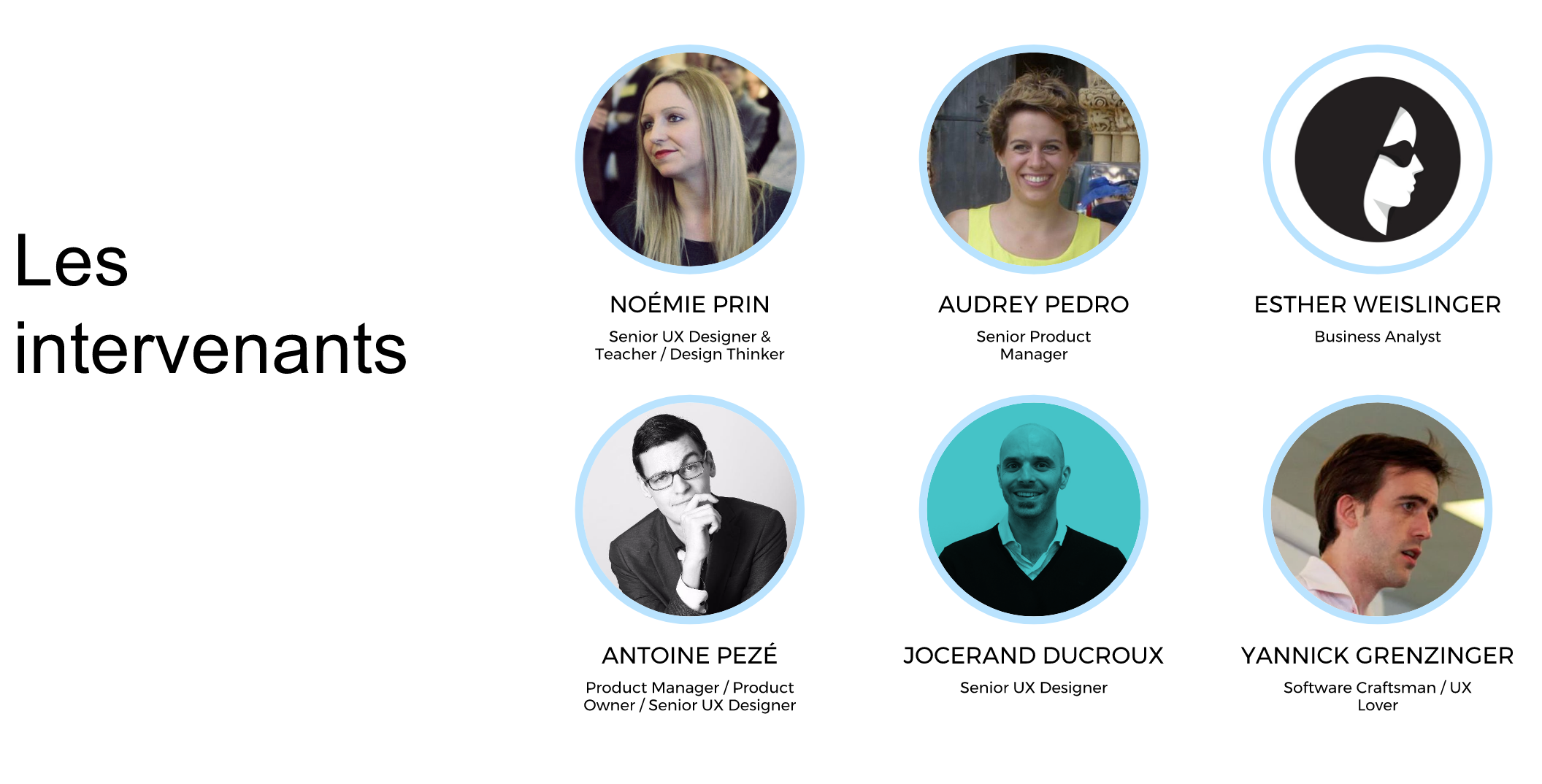
If you couldn't come, you can see the video. You don't have time for 1h12 of video? This blog post may be THE solution!
Want an answer in less than 5 minutes?
User experience: a subject for the whole team
Get the best user experience possible must be the concern of the whole team product. Relying on :
- The UX methods to put the user at the center of the design process.
- The agile methods which refocus the product on its value.
- Le Lean Startup et lean UX who advocate rapid cycles of generation and verification of hypotheses
- Active listening both with users and between team members.
La user meeting is a recurring concern. Top management is sometimes resistant to letting teams meet “real” users. It is then necessary to “hack” (guerrilla testing, using your network to ask questions, etc.). The results from research or test methods are often very conclusive and speak for themselves.
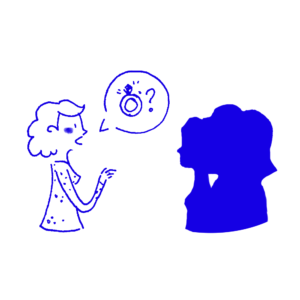
Different orientations
The Product Managers, Product Owner (role from the Agile framework scrum), UX designer, Business Analyst… must pursue a common goal and contribute their skills to achieve it. the PM has a more strategic vision and is in contact with stakeholders. the PO is the “product owner” in the Scrum method, he determines and prioritizes the scope of the product. L'UX designer he is the point of contact with users, the advocate of research methods, design and evaluation of user experience. the BA is imbued with a technical and in-depth knowledge of complex business processes.
The developers generally produce better quality code and are more motivated if they are in contact with users.
A strong collaboration
Ideally all team members participate to the tests. If certain members of the team want to adopt UX methods, the UX designer can accompany them or take advantage of the time freed up to focus on other subjects. The communication is the key to a serene distribution of tasks.
You have a little more time
Here is a summary of the messages shared by Noémie, Audrey, Esther, Antoine, Jocerand and Yannick. And some notes from me too :).
First reactions on the subject
Yannick
A good definition of UX issues, a good targeting of user “needs” can improve the code. Developers can make cleaner code.
If I'm not mistaken, this is also one of the ideas underlying the DDD, "Domain-Driven Design is designing software by focusing on the business value it brings to its users." Learn more.
Each member of the “product” team (PM, PO, Business Analyst, UX Designer, developers, etc.) has their abilities and skills and can find “hats to put on their heads”.
“It can be a PM, a PO as long as he works well, hats don't interest me much”.
Esther
In companies with complicated processes, "shadow" calculations, a Business Analyst's role is to take technical knowledge from the "business" (= users) to pass it on to other actors, such as UX designer or developers.
Jocerand
A UX designer is an experience designer, in digital or elsewhere. The UX can work with BAs, PMs, POs, developers… The BA helps the UX designer to understand processes and complex business rules. The role of the UX designer is to remind that the user is at the heart of the design, he must “sensitize” the team to a user-centric approach.
Noémie
The UX approach starts from user understanding, the role of the user experience designer is to ask people a lot of questions. The Product Owner builds with the UX designer the User Stories. The UX designer also helps to represent complexity by asking lots of questions. It guarantees a product with good usability, functional viability, ergonomics and overall user experience. The guarantors of economic viability are rather the POs or PMs.
Antoine
Active listening is an important concept. The PO or agile coach listens to the team. The UX Designer listens to users. The PM is more in the strategy, planning, he makes the link with the stakeholders.
Audrey
The role of Product Owner is defined in Scrum. The PO is a role that can be taken by a Product Manager or other people. The PM / PO may have to work with the UX designer for all the issues of'interface man / product. A UX designer can support several PMs. On a daily basis, the PM makes decisions based on the guidelines provided by the UX designer. We can have several PM, PO, UX hats.
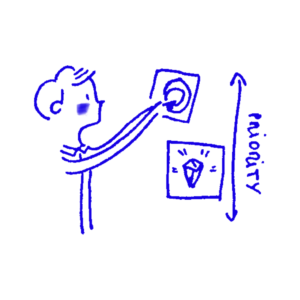
Question from the audience: you are like lego bricks, how do you fit in?
Jocerand
It depends on the size of the companies, the projects and the methodology.
At Société Générale, the product teams (software btoe) work in lean UX and feature teams.
In each feature team there is a PM, a BA/PO, a UX designer and five developers on average.
The UX designer works with the PO to define the need. He uses listening techniques and user research to support the PO.
The UX designer sometimes participates in the writing of User Stories, but more rarely.
It also supports developers. In lean, the UX designer may have to make certain shortcuts. In general, the PO-UX couple is one or two sprints ahead of the developers, but it can happen that we work directly in “pair design” with the developers during the sprint.
In the context of some projects, the UX designer does not meet the developers, he works in pairs with the PO or the PM and his final deliverable is a set of wireframes.
Antoine
When someone has a good idea, it's a good starting point, but you have to refocus on the problem you're trying to solve. It is important to go see the users and challenge the initial idea. “Ideas” not confronted with users are only hypotheses.
The UX designer gives advice, he goes into the field.
The PO, by following the recommendations of the UX designer or by going to the field, makes the decisions. He chooses the “User Stories”, he is the owner of the product.
The PM has a role when there is market adherence for the product. It carries the vision and the strategy.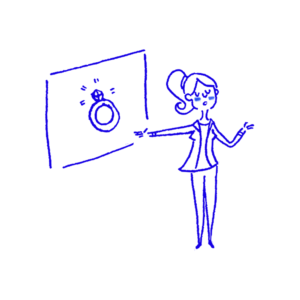
Question from the public: suddenly to avoid tunnel development: short design cycle, how do we do user tests? Who is present?
1st round
Audrey
At PeopleDoc, user tests are carried out every 2-3 months by a UX designer / PM pair. And the whole team is invited to observe. In B2B (business to business) it is not always easy to find customers (=users) ready to undergo user testing.
But it's crucial for the PM/PO to prioritize what's in the backlog and the development team often gets a boost of motivation from user contact.
Noémie
The design sprint is upstream of the development sprint (so-called asynchronous operation). The designer is then in support of the development team during the sprint. User testing can be done right after the wireframes, or after the graphics layer. They must be very regular, from low fidelity prototype to high fidelity. It's not a waste of time.
Esther
BAs do not necessarily validate wireframes, their tools are rather demos and UATs. UAT (User Acceptance Test) campaigns are done on iso prod environments (the same data as in the production environment) to validate the screens but also the data.
UATs are often test means already in place in large companies and allow to retrieve information about users and their interaction with the product. However, it is important to think about doing tests beforehand. UATs are done after the product is developed, so it's more expensive to make changes than when you're at the sketch or low-fidelity prototype stage. They are also sometimes biased: several testers in the same room, the questions do not always follow the bonnes pratiques user testing...
It is therefore necessary to take this into account but not to replace all user tests with UATs.
Yannick
In the Agile method Extreme Programming, the whole team (UX, business expert, developers, etc.) is directly with the user.
This is a big challenge for large companies. On very large teams, this principle cannot work without cutting.
2d tower
Jocerand
“It's change management”. When we arrive on projects that are not very mature in terms of UX, we come across people who already think they know everything about the user.
The role of the UX designer is then to explain to them that they are partly right, but also a little wrong and that ideally it is necessary to approach the users.
Often one of the objectives of the UX designer is to reconcile the MOAs with the users.
Yannick
Very few developers have been in contact with the user. However, it is very motivating to see that beyond the code there is the satisfaction, the effectiveness, the efficiency of the people who are at stake.
Audrey
Beyond UX, it is the maturity of the product culture that we are talking about. To understand and prioritize the need, you have to go see the user. In some companies that don't have the “product culture”, there are internal power struggles and neither the developers, nor the POs, nor the PMs meet the users.
Jocerand
POs and UX often have the same problem at this level.
Noémie
In this case, it is still necessary to contact the users. We must ignore the walls erected by the top management and then show the results of the meeting with the users.
In general, the confrontation of the hypotheses with the users makes everyone agree. This avoids debates of opinion.
Antoine
There is a saying: “It is better to say sorry than to say please”. Sometimes you just have to ask, or find the right person to have the means. Like, for example, spending a week in the field with the whole team.
Question from the public: How do you get 2 sprints ahead? If not, how do we manage?
Noémie
The UX designer, the PO and the developers arrange among themselves to only embed ready User Stories (thus on which the UX designer has already worked). Of course, some User Stories are modified afterwards anyway, this can cause some tension. But normally it tends to balance out.
Esther
BA / PO / UX designers do not necessarily have two sprints in advance but there must be at least enough to feed a development sprint.
Good practice is not to modify a sprint backlog during the sprint.
Yannick
As a developer you never get bored. It is very rare that we have nothing more to do, that the code is perfectly clean, the test coverage perfect...
It is often rather the management who wants things to go quickly.
Few people want to build, break and rebuild the same thing ten times.
Maybe it needs to take more time to do things.
Jocerand
Sometimes, however, you have to go very quickly. The UX designet can do “pair design” with a developer. Using sketches, he can quickly build something with the developer to test with the user and adjust.
UX is wireframes?
Audrey
Today our UX designer is working on the global platform. She doesn't do Wireframes at all.
Antoine
For me, UX is really listening upstream, starting from the user's emotion. Wireframes are a natural tool for the UX designer, so natural that it's not a topic.
Noémie
UX design is a mix of strategy and production. One of the objectives is to ensure the consistency of the experience with all points of contact. To do this, you have to take a step back.
Jocerand
It is often with the word “wireframe” which begins a mission, it is an output after a process. it's a visual artifact that a lot of people understand. But that's only the tip of the iceberg.
Esther
UX is a bit like a “super collaborator”, a “confidant”. The BA does not necessarily have the skills to create a user workflow or a screen. Before, it was a role that often fell to the BA, without however being one of its defined areas of expertise.
Some BAs develop a “UX dependency”. It was also an idea presented by Vincent during the Meetup on UX in Agile environments (his presentation is available here).
“At Société Générale, as a BA, I see a contact person for calculations, etc. The UX designer is going to see more users eventually.”
Yannick
“No photoshop please”. CSS (Cascading Style Sheets) is difficult. Sketches and Wireframes accompanied by “kitchen sink“, component libraries or “patterns (see Bootstrap), style guides, etc. make development much easier!
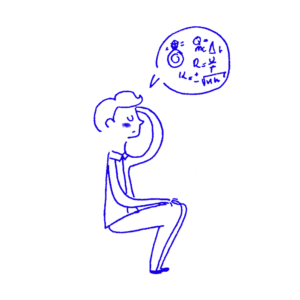
Question from the public: final tests for users, how do we make the customer understand that the end users are not them but the people behind their users?
Antoine
Sometimes you have to hack user tests. Use the network of his network. Even if we only see a few people, and it's not exactly the right target, it's already full of information. A test that is not perfectly targeted or adapted is better than no user test at all.
It is also possible to call on external companies for the tests.
Or use tools like user Testing ou Testapic.
Noémie
A lot of companies outsource user testing. Unfortunately, the product team loses an opportunity to generate empathy for the user in this case.
According to Nielsen, it is enough to see 5 users, 3 times.
We can also follow the analytics on the product as soon as it is accessible to users.
We had the pleasure of having a reaction from Carine Lallemand on this subject, who wished to remind us that we should not take too many shortcuts in this regard.
“From 5 or 7 tests we see patterns appear. But we run the risk that professional UX designers stop at a number without questioning their own case. This is also the risk of figures that we do not have time to explain or stereotypes (I think a speaker said just before that it is better to test even on the wrong target rather than not not test).
What I think needs to be conveyed to people is how to decide for themselves the right number of tests and see when the data is significant and relevant. Also know which profiles to mobilize.
We must also qualify “usability” and UX. If a guerrilla user test with a bad target (not an end user) is sometimes relevant to detect usability problems (and still it is debatable) it is not for studying the experience. In the case of a really “UX” evaluation then I think it's better not to test at all than a guerrilla on a bad target. Because the risk is to rely on invalid data (because not on the right target) to learn from it. So it gives false confidence or false assumptions.”
Jocerand
“Testing is always a complicated moment”.
A UX designer gets paid to deliver quality work, then asks the client to commit money to do some testing to make sure the work is quality. If we look at the problem like that, we say to ourselves that it is a little twisted.
But anyway you have to go. Even if all the walls are up, all the doors closed, there are solutions, for example guerrilla testing. The results are usually a very good selling point. We quickly realize that we learn other things and even managers can develop an addiction to tests.
Conclusion
Yannick
Working with a good UX, PO, PM, BA is building a good mental system.
Esther
You have to learn to collaborate, not step on each other's toes. We discuss and in most cases it works.
Jocerand
What matters is collaboration, teamwork. The success of the team depends on the skills of each other.
Noémie
We hear people who are annoyed that “non-UX designers” do the wireframes for them. It is more interesting to accompany the other members of the team in the UX, the sketches, the creation of wireframes, the prototypes… It is an opportunity to grow the discipline, the “mainset” UX. This job, which revolves around understanding people, is fascinating. The link between a technological job and people is particularly surprising and interesting.
Antoine
The notion of active listening is key. When you are a UX designer, you are paid to go see the user. Active listening makes it possible to recognize emotions and changes the way of working, but also the way of daily living.
Audrey
As a PM or PO it's very nice to have UX designers on the team.
“I never felt any conflicts or overlapping areas”. PM, PO, UX designer generally have the same goals and it's better to push together than alone.
Regardless of the cap or the label, the team must know the user's need, identify the problem to be solved and work together to “remove the thorns from the side” of the users.
A small tool that I recommend to you: the team canvas.
See you soon !
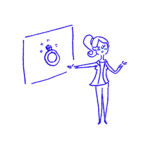
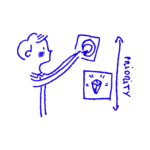
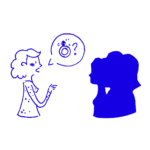
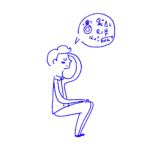
STORYTELLING: THE ART OF CONVINCING # Paris
SMILE Paris
163 quay of Doctor Dervaux 92600 Asnières-sur-Seine
UX/UI ECO-DESIGN # Paris
SMILE Paris
163 quay of Doctor Dervaux 92600 Asnières-sur-Seine
DESIGN THINKING: CREATING INNOVATION # Belgium
UX-REPUBLIC Belgium
12 avenue de Broqueville - 1150 Woluwe-Saint-Pierre
MANAGING AND MEASURING UX # Paris
SMILE Paris
163 quay of Doctor Dervaux 92600 Asnières-sur-Seine
DESIGN SPRINT: INITIATION & FACILITATION # Paris
SMILE Paris
163 quay of Doctor Dervaux 92600 Asnières-sur-Seine
UX-DESIGN: THE FUNDAMENTALS # Belgium
UX-REPUBLIC Belgium
12 avenue de Broqueville - 1150 Woluwe-Saint-Pierre
GOOGLE ANALYTICS 4 #Paris
SMILE Paris
163 quay of Doctor Dervaux 92600 Asnières-sur-Seine
ACCESSIBLE UX/UI DESIGN # Belgium
UX-REPUBLIC Belgium
12 avenue de Broqueville - 1150 Woluwe-Saint-Pierre












